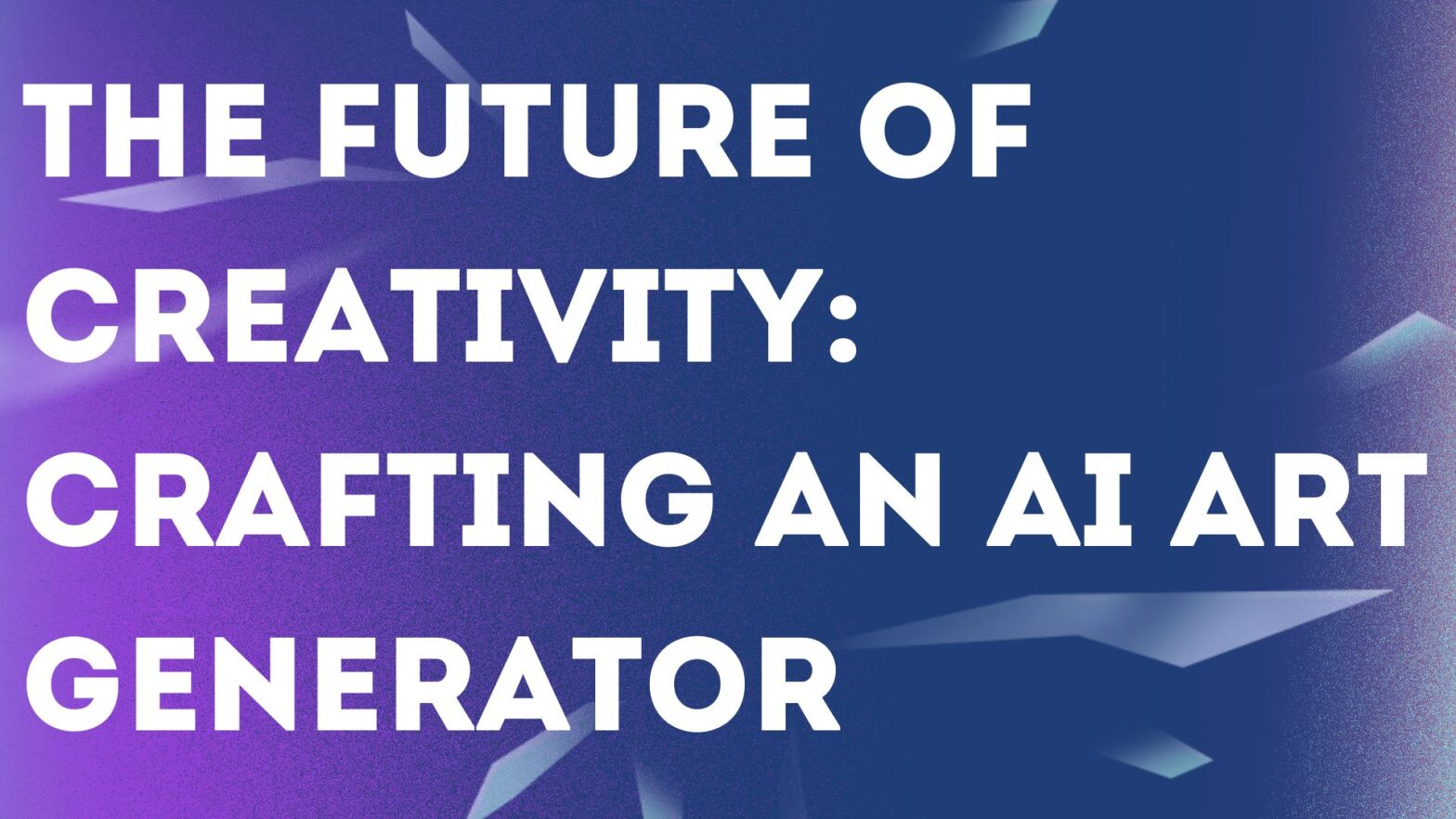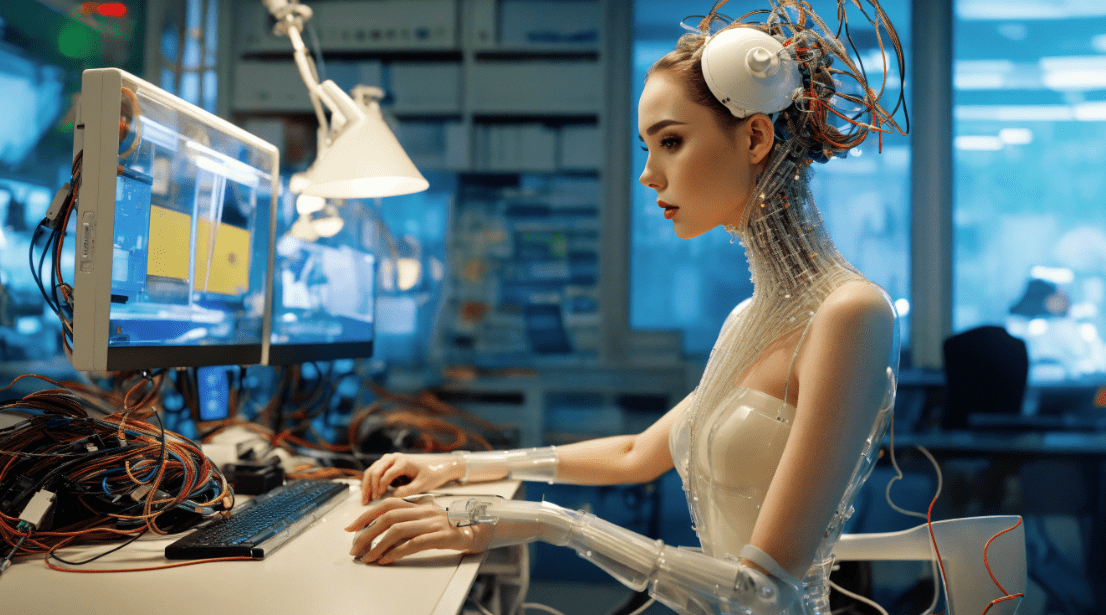In recent years, the fascination with AI-generated art has surged, captivating the imaginations of both artists and technophiles alike. The allure of machines creating visually stunning pieces of art is not just a trend; it signifies a paradigm shift in how we perceive creativity and technology.
AI art generators have unlocked a new dimension of artistic possibilities, enabling anyone with a computer to generate original artwork that can range from abstract designs to highly detailed images mimicking classical styles. But how exactly does one go about creating an AI art generator tool?
In this comprehensive guide, we’ll explore the steps to build your own, delve into the reasons behind their popularity, and examine the potential business applications and monetization strategies for such a tool.
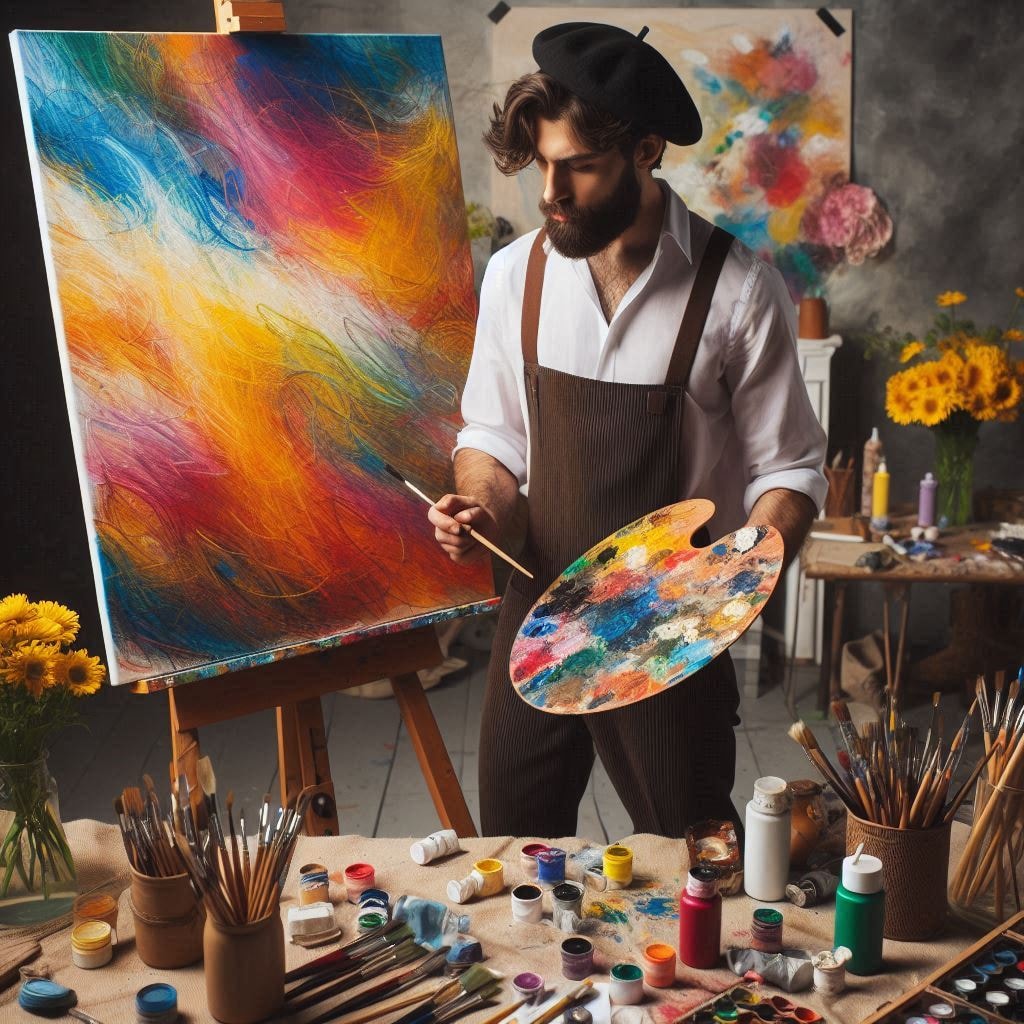
What is an AI Art Generator?
An AI art generator is a sophisticated software application that leverages artificial intelligence to produce visual artwork. These tools use generative AI technologies to create new and unique pieces of art. These tools use machine learning algorithms, particularly generative adversarial networks (GANs), to analyze and replicate styles from vast datasets of existing art.
GANs consist of two neural networks, the generator and the discriminator, that work in tandem to create and evaluate images. Through this iterative process, the generator learns to produce images that become increasingly realistic over time. The result is original artwork that can range from abstract designs to highly detailed images mimicking classical styles.
Why Are AI Generators Popular?
AI art generators have gained popularity for several reasons:
Accessibility. They make the creation of art accessible to individuals who may not have traditional artistic skills. With an AI art generator, anyone can create visually compelling artwork without the need for formal training in drawing or painting. Additionally, many free AI art generator tools are available, making it even easier for everyone to access and use these technologies.
Innovation. They push the boundaries of creativity by offering new, unique styles that might not be conceivable by human artists alone. The fusion of human imagination and m-learning can lead to groundbreaking artistic expressions.
Customization. They allow for personalized and customizable art pieces, catering to specific tastes and requirements. Users can input parameters to generate an art that fits their precise needs, whether it’s for personal use or professional projects.
Efficiency. They significantly reduce the time required to produce high-quality artwork.
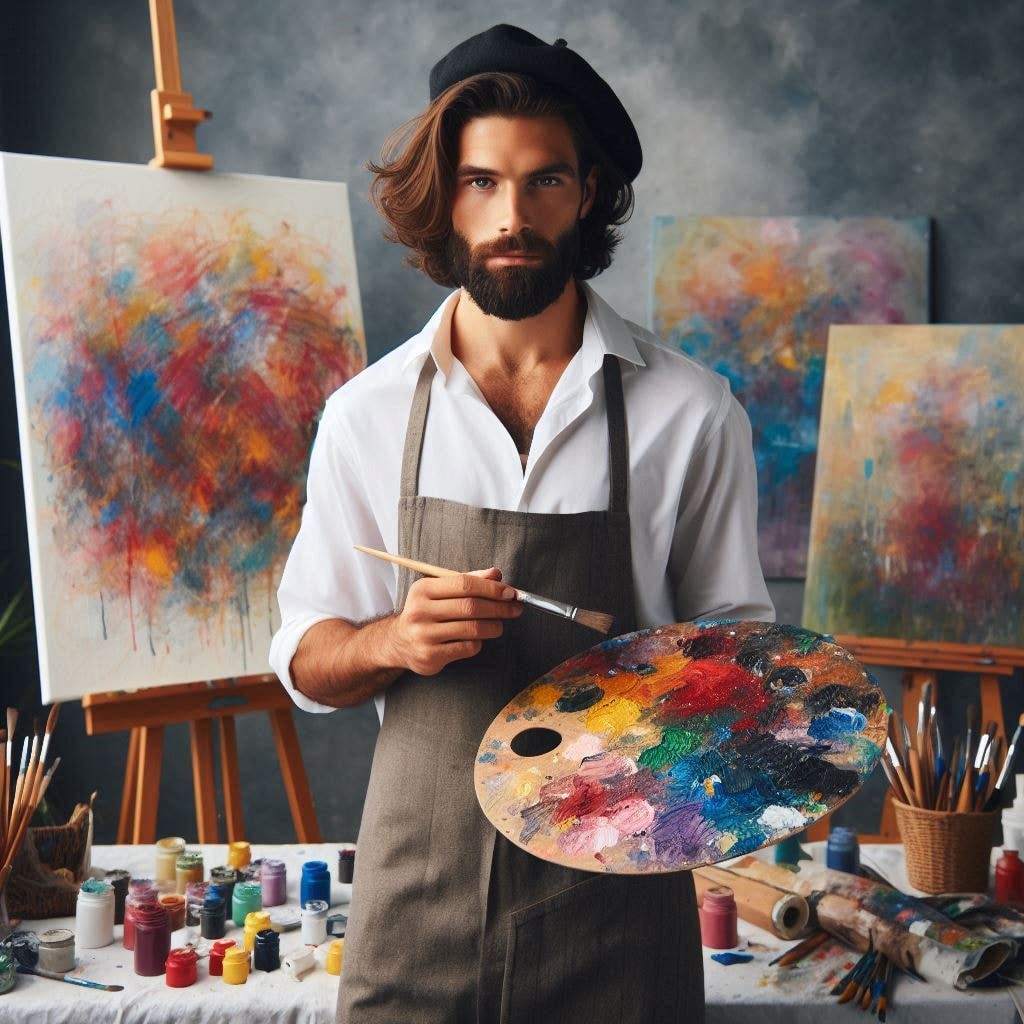
Steps to Build Your Own AI Art Generator
Creating an AI art generator involves several key steps:
1. Define Your Vision
Before diving into the technical aspects, it’s essential to outline what you want your AI art generator to achieve. Are you aiming for abstract art, realistic portraits, or something entirely different? Understanding your end goal will guide the development process. Consider the following questions:
What type of digital art do you want to generate?
Who is your target audience?
2. Gather and Prepare Your Data
AI models require large datasets to learn and generate new art. You’ll need to collect a substantial amount of images relevant to the style you want to emulate. This dataset can be sourced from public art collections, online databases, or custom-created images.
Once you have your dataset, it’s crucial to preprocess these images to ensure they are suitable for training your model. Preprocessing steps might include:
Resizing. Ensure all images are of a uniform size to facilitate training.
Normalizing. Adjust pixel values to fall within a specific range, improving the model’s ability to learn.
Augmentation. Apply transformations like rotation, flipping, and cropping to increase the diversity of your dataset.
3. Choose the Right Tools and Frameworks
Several m-learning frameworks can help you build an AI art generator. TensorFlow and PyTorch are popular choices due to their robust communities and extensive documentation.
You’ll also need to familiarize yourself with GANs, as they are the backbone of most art generators. Key components include:
TensorFlow. An open-source machine learning framework developed by Google, known for its flexibility and comprehensive ecosystem.
PyTorch. An open-source m-learning library developed by Facebook’s AI Research lab, appreciated for its ease of use and dynamic computation graph.

4. Train Your Model
Training a GAN involves setting up two neural net works: the generator and the discriminator. The generator creates images, while the discriminator evaluates them against real images.
Through this adversarial process, the generator learns to produce increasingly realistic images. Training can be resource-intensive, often requiring powerful GPUs and substantial time.
The training process will result in AI-generated images. Key steps in training include:
Network Architecture. Design the architecture of your generator and discriminator, choosing the number of layers, activation functions, and other parameters.
Loss Function. Define the loss function that guides the training process, typically involving both generator and discriminator losses.
Training Loop. Implement the training loop, alternating between training the generator and discriminator until the model converges.
5. Fine-Tune and Evaluate
Once your model is trained, it’s time to fine-tune it. This step involves tweaking hyperparameters, adjusting the architecture, and refining the dataset to improve the quality of the generated art. Evaluation metrics and user feedback can help identify areas for improvement.
Consider the following techniques:
Hyperparameter Tuning. Experiment with different learning rates, batch sizes, and other hyperparameters to find the optimal configuration.
Qualitative Evaluation. Assess the visual quality of generated images through manual inspection and feedback from artists or users.
Quantitative Evaluation. Use metrics like Inception Score or Frechet Inception Distance to quantitatively measure the quality and diversity of generated images.
6. Deploy Your AI Art Generator
After fine-tuning, you’ll need to deploy your model so users can interact with it. This involves creating an interface where users can input parameters and receive their AI-generated art. Web applications are a popular choice for deployment, providing accessibility and ease of use.
Deployment steps include:
Backend Development. Set up the server-side infrastructure to host your trained model and handle user requests.
Frontend Development. Design a user-friendly interface that allows users to interact with the AI art generator.
Scalability. Ensure your deployment can handle multiple users simultaneously, using cloud services or scalable infrastructure as needed.
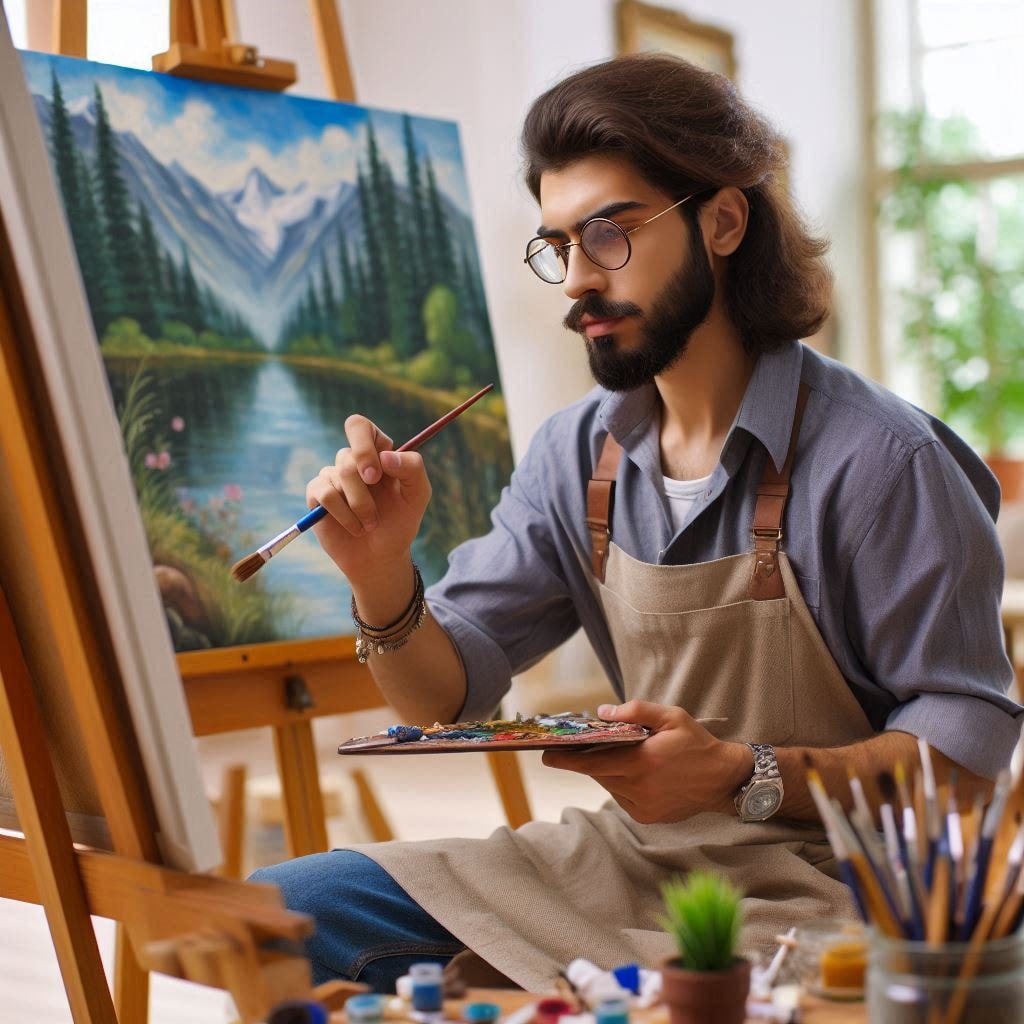
Business Applications of AI Art Generators
AI generators are not just fascinating novelties; they have practical applications in various industries:
Marketing and Advertising. Companies can use AI-generated art for unique and eye-catching campaign visuals. AI-generated images can rapidly visualize concepts, experiment with diverse styles, and enhance productivity, crafting distinctive brand imagery that stands out in a crowded market.
Interior Design. Custom AI art can be tailored to fit specific design aesthetics, offering bespoke pieces for homes and offices. Designers can use AI art to match the exact color schemes and themes desired by clients.
Fashion. Designers can experiment with AI-generated patterns and prints for clothing and accessories. AI can generate an endless variety of designs, providing fresh inspiration for fashion collections.
Entertainment. AI art can be used in video games, movies, and other media to create visually stunning backgrounds and characters. Game developers and filmmakers can leverage AI art to create immersive and dynamic visual environments.

Monetizing an AI Art Generator
There are several ways to monetize an AI art generator:
Subscription Services. Offer users a subscription-based model where they pay a monthly fee to access and generate art. This model provides a steady revenue stream and allows users to enjoy ongoing access to new features and updates.
Commissioned Art. Provide custom AI art pieces on demand, charging clients for personalized creations. This service can cater to individuals or businesses looking for unique, tailored artwork.
Licensing. License the technology to other businesses looking to integrate AI art generation into their services. Licensing can open new revenue channels and expand the reach of your technology.
Print Sales. Sell prints of AI-generated artwork through online platforms or physical galleries. High-quality prints can attract art collectors and enthusiasts, generating additional income.
The Future of AI Art
The future of AI art is incredibly promising. As technology advances, we can expect even more sophisticated and diverse creations. AI art generators will continue to evolve, providing artists and creators with powerful tools to explore new frontiers of creativity.
Some potential future developments include:
Improved Realism. Advances in GANs and other machine learning techniques will enable AI to produce even more lifelike and detailed artwork.
Collaborative Tools.: AI art generators could evolve to become collaborative tools, assisting human artists in the creative process and offering new ways to blend human and machine creativity.
Accessibility. As AI art technology becomes more affordable and accessible, a broader audience will be able to explore and create art, democratizing the creative process.
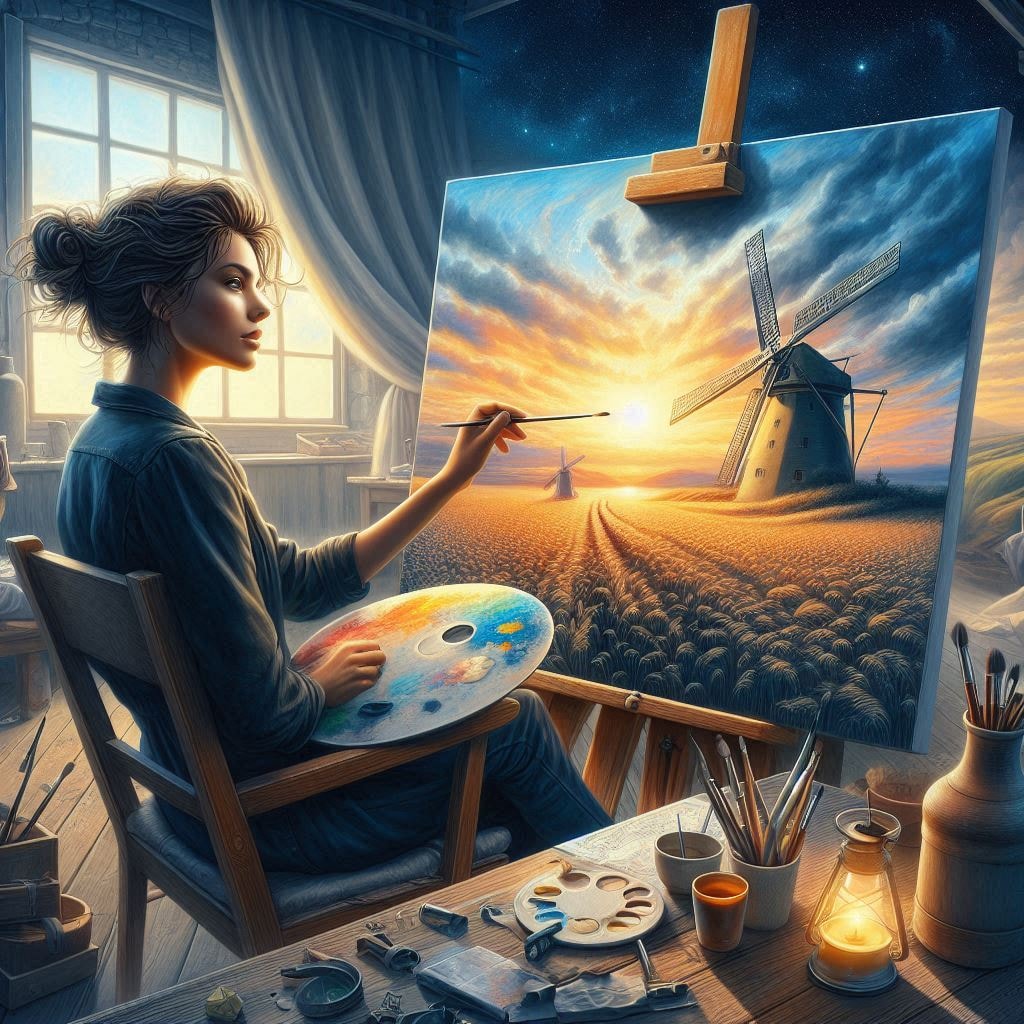
Scrile’s Offer for Custom AI Art Generator
At Scrile, we understand the transformative potential of AI art generator and are committed to helping businesses leverage this technology to its fullest. Our team of experts specializes in developing custom AI solutions, including custom AI art generator, tailored to your unique needs and goals.
Our Comprehensive Services Include:
Custom AI Development. We build AI art generator from the ground up, ensuring they meet your specific requirements and deliver the desired artistic output. Our developers use the latest AI and machine learning techniques to create high-performing models.
Integration and Support. We integrate the AI art generator seamlessly into your existing systems and provide ongoing support to ensure optimal performance. This includes setting up APIs, cloud services, and user interfaces for easy access and use.
Training and Customization. We offer AI model training on your preferred artistic styles and datasets, allowing for highly customized and unique artwork. Our team works closely with you to refine the model’s output to match your vision.
Scalability and Performance. Our solutions are designed to scale with your business, handling increasing demands without compromising on quality or speed. We ensure the infrastructure can support high volumes of art requests efficiently.
User-Friendly Interfaces. We develop intuitive user interfaces that make it easy for both technical and non-technical users to interact with the AI art generator. This includes web-based platforms, mobile apps, and integration with existing software.
Security and Compliance. We prioritize the security of your data and ensure that our solutions comply with industry standards and regulations. Your proprietary data and generated artwork are protected with robust security measures.
Consultation and Strategy. Our experts provide strategic consultation to help you identify the best use cases for AI art generator in your business. We assist in developing a roadmap for implementation and monetization, ensuring you get the maximum return on investment.
Continuous Improvement. We offer continuous improvement services, regularly updating the AI models with new techniques and data to enhance their performance and capabilities. This ensures your AI art generator remains cutting-edge and competitive.
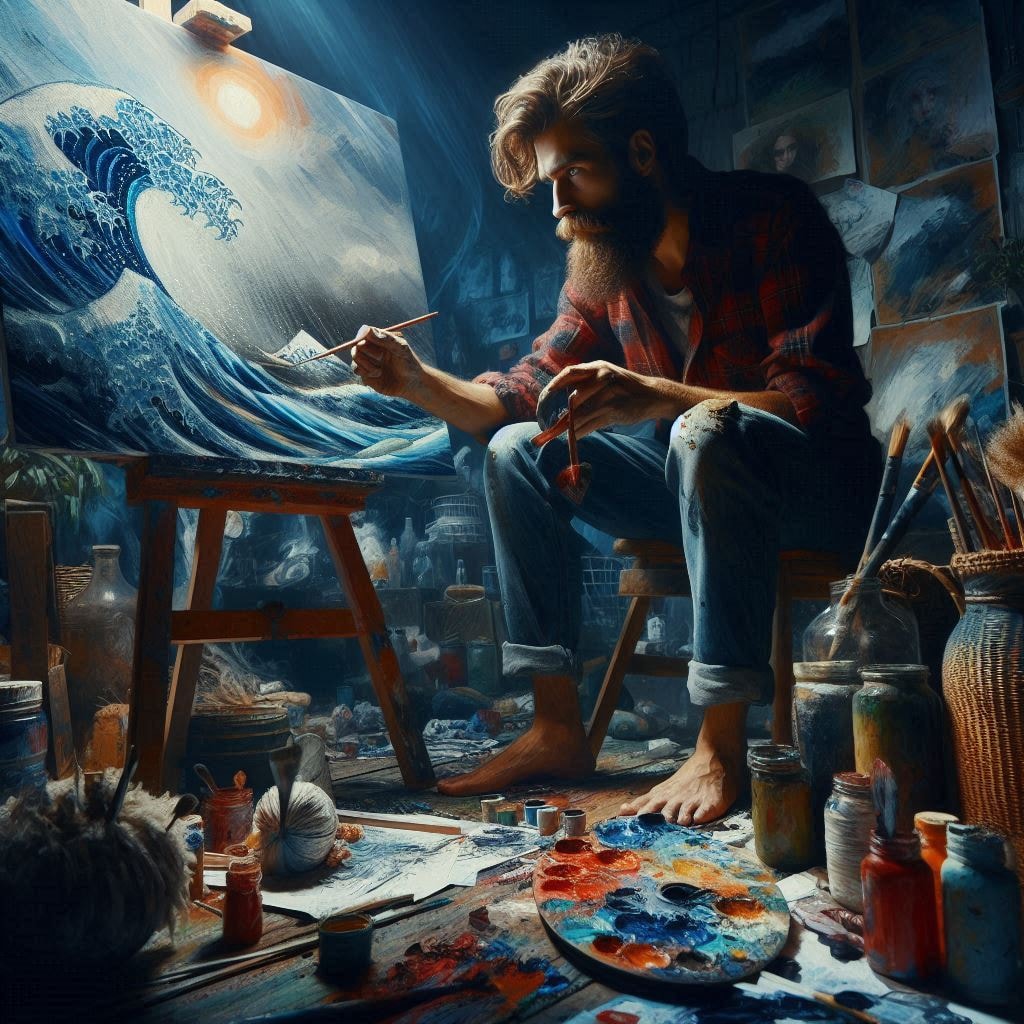
Why Choose Scrile?
Expertise. Our team consists of seasoned AI developers and artists who bring a wealth of knowledge and experience to your project, showcasing our AI expertise.
Customization. We tailor our solutions to meet your specific needs, ensuring the AI art generator aligns with your business goals and artistic vision.
Support. We provide comprehensive support throughout the development and deployment process, ensuring a smooth and successful implementation.
Innovation. We stay at the forefront of AI technology, continuously exploring new methods and techniques to improve our services and deliver exceptional results.
Get Started with Scrile
If you’re ready to explore the potential of AI art generator and take your business to the next level, Scrile is here to help. Our custom AI development services are designed to provide you with a powerful tool that enhances creativity, efficiency, and profitability.
Contact Us Today to learn more about our services and start your journey towards launching your own AI art generator. Let Scrile be your partner in innovation and creativity. Scrile can also be your partner in AI-driven innovation.
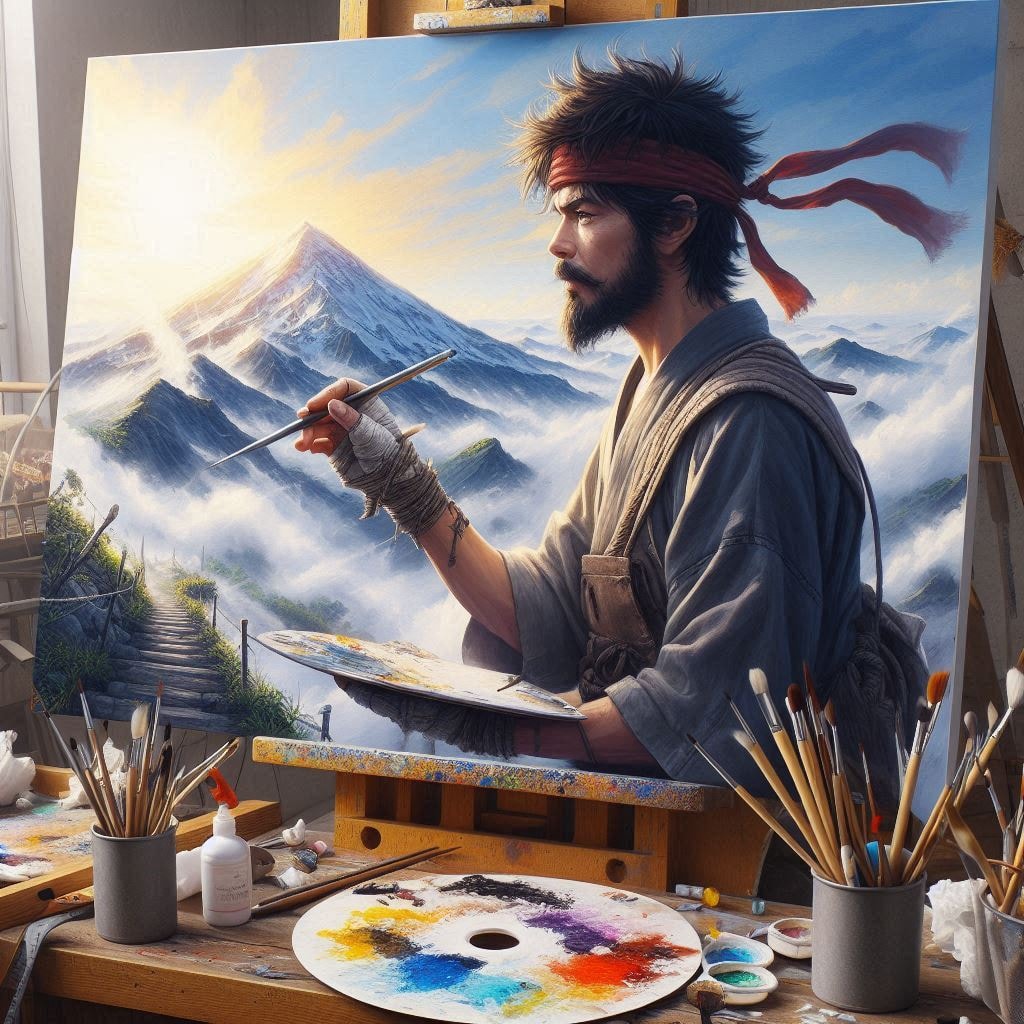
FAQ
Can I Make AI-Generated Art?
You can create AI-generated art by using various AI art generator tools available online or by developing your own custom AI art generator. These tools utilize creative algorithms and machine learning algorithms to produce unique and creative artworks based on input data and parameters you set.
Can I Legally Sell AI-Generated Art?
You can legally sell AI-generated art. However, it is important to be aware of the copyright laws and regulations in your jurisdiction. Some countries may have specific rules regarding the ownership and sale of AI-generated content.
Ensuring that you have the rights to the input data and that your generated art does not infringe on existing copyrights is crucial.
Can I Make Money With AI Art?
Selling AI-generated art in a digital marketplace as prints, digital files, or merchandise is a common approach. Additionally, you can offer custom AI art creation services, license your AI-generated artworks for commercial use, or even create a subscription-based platform where users can generate their own AI art.
Scrile offers custom AI development services, helping businesses create and monetize AI art generator tailored to their specific needs and artistic visions.
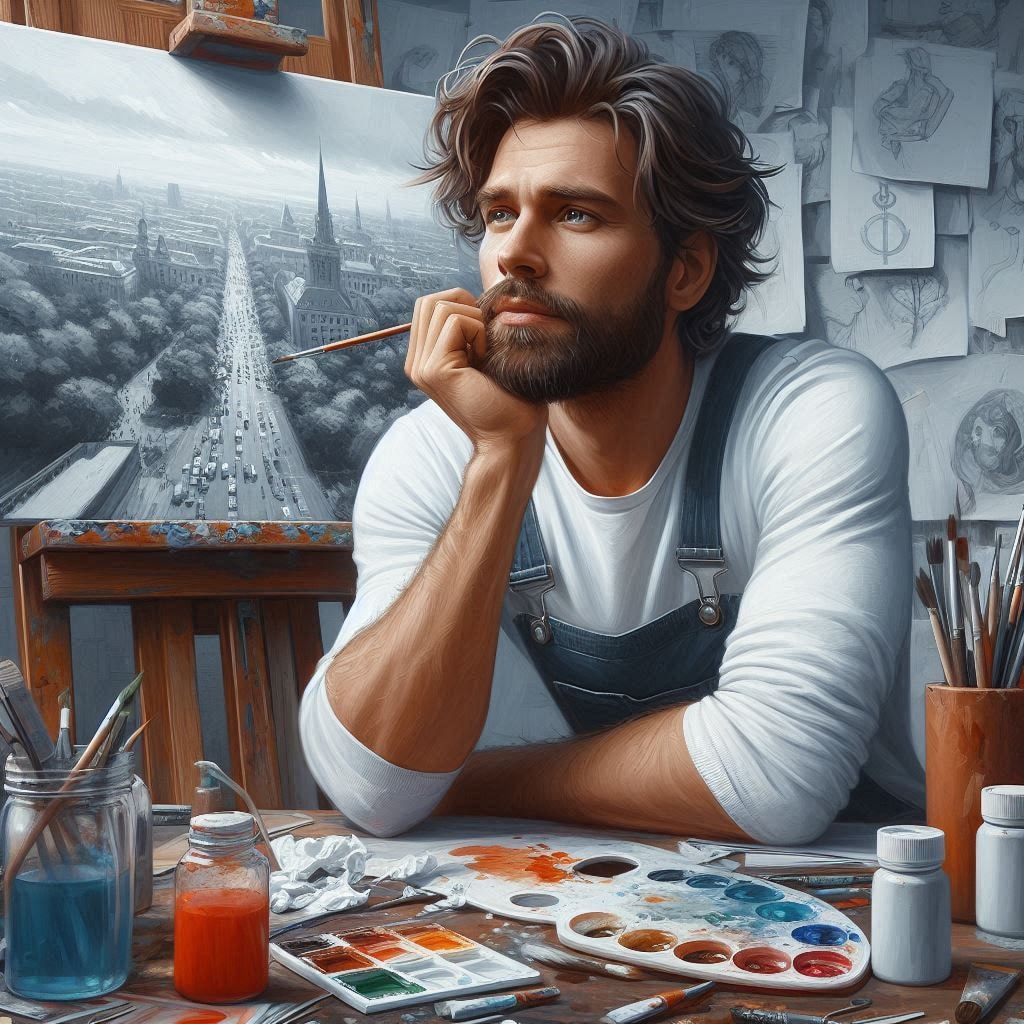
Read also
How to Monetize an AI OnlyFans Creator
Explore how AI is revolutionizing content creation on OnlyFans, enabling creators to automate and enhance their content strategies.
Build an AI Chatbot: Comprehensive Guide
Get a comprehensive guide on building an AI chatbot, from concept and design to development and deployment.
Start a Website with Courses: Key Considerations
Discover the key considerations for starting a website with courses, including platform selection, course creation, and marketing strategies.
Create an AI Chatbot: Essential Steps
Learn the essential steps to create an AI chatbot, focusing on design, functionality, and user experience.
Foot Fetish: Understanding the Popular Niche
Explore the foot fetish niche, including its appeal, content creation strategies, and how to monetize this popular genre.
